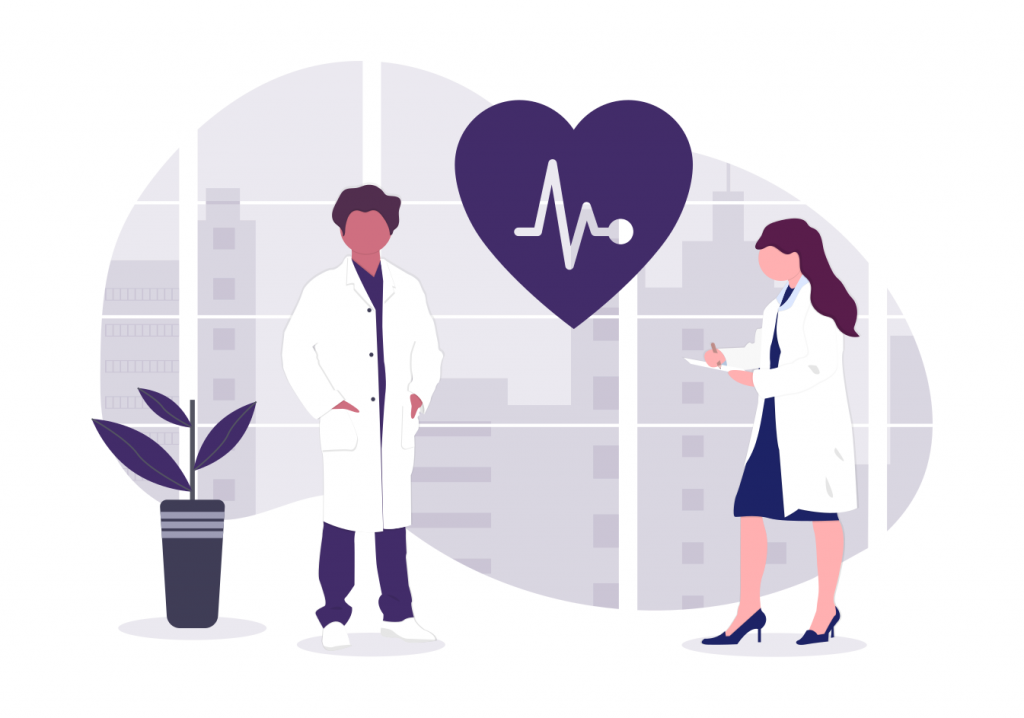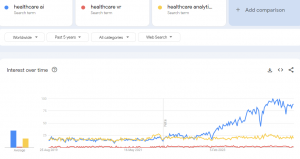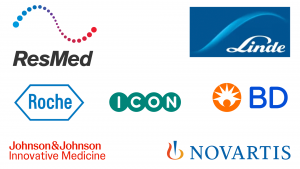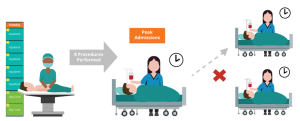As many doctors’ surgeries and other healthcare providers are now offering remote patient consultations, here we look at why for telemedicine training, elearning is the best way to prepare your team in 2022 and beyond.

First of all, let’s ensure we’re on the same page in terms of the idea of telemedicine…
Telemedicine Definition
Telemedicine is the application of computer or communication technology to deliver any aspect of healthcare remotely. The term telemedicine is often used interchangeably with ‘telehealth’ and ‘ehealth’.
Telehealth Applications
There are many ways in which telehealth solutions can improve both patient experience and healthcare provider efficiency, but some of the most common telemedicine applications include:
- Remote consultations for non-urgent health conditions, patient queries and primary care.
- Chronic illness / disease management with remote patient monitoring. A notable growth area has been the use of smart pill dispensers, which, through digital connectivity, allow healthcare providers to be alerted to missed or erratic dosage behaviours.
- In more acute settings, remote monitoring of inpatients, including ICU care.
Increased Demand for Telemedicine
Even prior to 2020, advances in internet speeds and connectivity, even in more remote locations, was helping to drive a growth in demand for telemedicine solutions.
Telemedicine can be extremely convenient for patients as it allows them to connect with their doctor and receive a visual assessment, rather than just explaining conditions and symptoms over the phone, without the travel that can sometimes be exhausting or difficult to arrange.
For the healthcare provider, budgets can go further as missed or delayed appointments can be reduced, and there are reduced costs in the way of parking, reception facilities and staff etc. This can allow a greater number of patient consultations per day.
It’s for these reasons that the World Health Organization (WHO) reports that 74% of its member countries use telehealth solutions in some form.
While the past 5 years have seen slow, steady growth in demand for and use of telemedicine, as technology is drip-fed into healthcare environments, the Covid-19 coronavirus pandemic of 2020 brought a huge spike in demand:

While Google searches around the topic have fallen since their March / April 2020 peak, in 2022 it is still around double that of pre-pandemic figures and is likely to remain part of the new toolkit for many of the healthcare providers who have adopted more telemedicine solutions successfully.
Why eLearning for Telemedicine?
As telemedicine is designed to improve speed and accessibility in healthcare, it is natural to enable the same benefits in your training by using elearning.
Healthcare and medical staff often work long hours across various shifts, so elearning enables any time, anywhere learning, so that learners can fit the training around their schedules. The elearning can also then act as always-there reference material if the practitioner needs to refer back to a specific section. Getting all your team together for face to face training can be near impossible and is disruptive at best.
Another important consideration is the rate of change within the field of telemedicine. There are continuous developments and improvements to the telemedicine technology itself, which is inevitably followed by updates to best practice and legislation around it.
Using elearning for healthcare training means that content is quick, easy and relatively inexpensive to update. This means you can be much more agile in keeping up with developments compared to face to face or paper-based training.
Need Help with eLearning for Telemedicine? Can Do
We’ve helped a range of clients, including the NHS, private healthcare providers, and technology companies, to improve their training and service delivery through innovative elearning content and systems.
Please contact us to discuss your needs.
Related pages of our website:
Read about our healthcare elearning solutions.
Case study: how we supported the Scottish Government with an NHS elearning project to help improve patient flow.

















